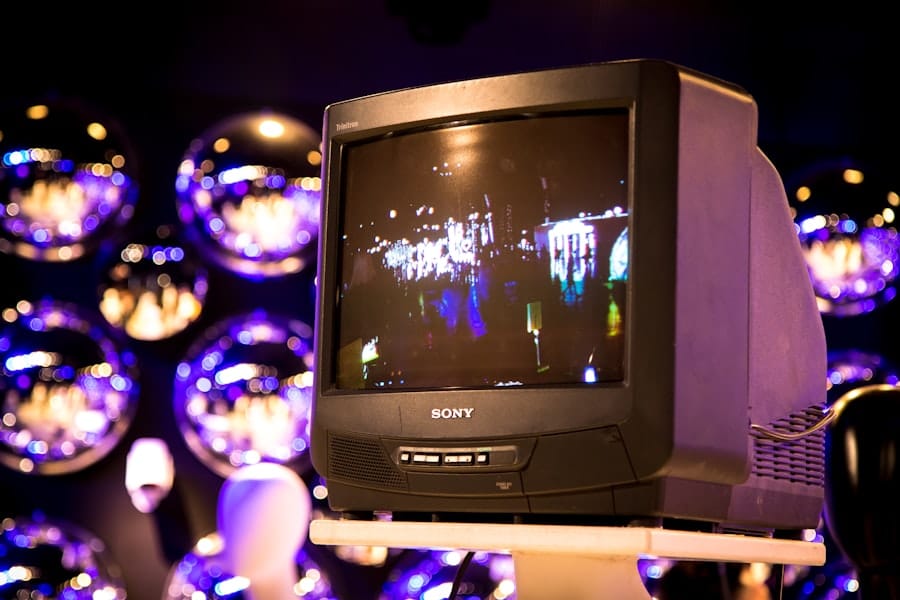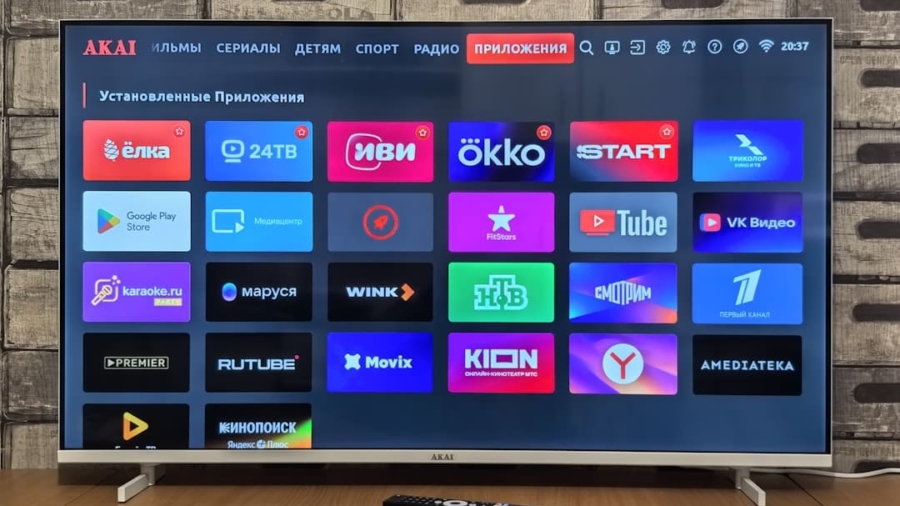In the rapidly evolving landscape of technology, smart entertainment systems have emerged as a cornerstone of modern connected homes. These systems integrate various forms of media and entertainment into a cohesive, user-friendly platform that enhances the overall experience of leisure and relaxation. Smart entertainment systems encompass a wide range of devices, including smart TVs, streaming devices, sound systems, and home theaters, all designed to work seamlessly together.
The advent of these systems has transformed how we consume content, allowing for unprecedented levels of convenience and personalization. The rise of smart entertainment systems is closely tied to the proliferation of high-speed internet and the increasing availability of streaming services. As consumers shift away from traditional cable subscriptions in favor of on-demand content, the demand for integrated solutions that can manage multiple sources of entertainment has surged.
This shift has led to the development of sophisticated platforms that not only provide access to a vast array of content but also allow users to control their entertainment environment with ease. With voice commands, mobile apps, and intuitive interfaces, smart entertainment systems are redefining the way we interact with our media.
Key Takeaways
- Smart entertainment systems offer convenience and connectivity for a more enjoyable home entertainment experience.
- Benefits of smart entertainment systems include seamless integration with other smart home devices, energy efficiency, and personalized entertainment options.
- Types of smart entertainment systems available include smart TVs, streaming devices, smart speakers, and home theater systems.
- When choosing a smart entertainment system, consider features such as voice control, compatibility with streaming services, and connectivity options.
- Smart entertainment systems can be integrated with other smart home devices such as smart lighting, security cameras, and thermostats for a fully connected home experience.
Benefits of Smart Entertainment Systems for Connected Homes
One of the most significant benefits of smart entertainment systems is their ability to centralize control over various devices and services. Instead of juggling multiple remotes or apps, users can manage everything from a single interface, whether it’s a smartphone, tablet, or voice-activated assistant. This centralization simplifies the user experience, making it easier for individuals and families to access their favorite shows, movies, and music without the hassle of navigating through different platforms.
The convenience factor cannot be overstated; it allows users to spend more time enjoying their entertainment rather than managing it. Moreover, smart entertainment systems often come equipped with advanced features such as personalized recommendations and adaptive learning capabilities. These systems analyze viewing habits and preferences to suggest content that aligns with individual tastes.
For instance, if a user frequently watches action movies, the system may prioritize similar titles in its recommendations. This level of personalization enhances user engagement and satisfaction, as it creates a tailored entertainment experience that evolves over time. Additionally, many smart systems offer multi-user profiles, allowing different family members to maintain their own preferences and watchlists.
Types of Smart Entertainment Systems Available

The market for smart entertainment systems is diverse, offering a variety of options to suit different needs and preferences. At the forefront are smart TVs, which integrate streaming capabilities directly into the television set. These devices often come pre-loaded with popular apps like Netflix, Hulu, and Amazon Prime Video, allowing users to access content without needing additional hardware.
Many smart TVs also support voice control through virtual assistants like Amazon Alexa or Google Assistant, further enhancing their usability. In addition to smart TVs, there are dedicated streaming devices such as Roku, Apple TV, and Chromecast that can transform any television into a smart TV. These devices connect to the internet and provide access to a wide range of streaming services and apps.
Home theater systems represent another category within smart entertainment systems, combining high-quality audio and video components for an immersive viewing experience. These systems often include surround sound speakers, subwoofers, and advanced audio processing technologies that elevate the quality of sound in movies and music.
Features to Consider When Choosing a Smart Entertainment System
When selecting a smart entertainment system, several key features should be taken into account to ensure it meets your needs. One critical aspect is compatibility with various streaming services. Not all systems support every platform, so it’s essential to verify that your preferred services are available on the device you choose.
Additionally, consider the user interface; a system with an intuitive layout can significantly enhance your experience by making navigation straightforward and enjoyable. Another important feature is the quality of audio and video output. Look for systems that support high-definition formats such as 4K Ultra HD and HDR (High Dynamic Range) for superior picture quality.
Audio quality is equally vital; systems that offer surround sound capabilities or support for advanced audio formats like Dolby Atmos can create a more immersive experience. Furthermore, connectivity options such as HDMI ports, Bluetooth compatibility, and Wi-Fi capabilities should be evaluated to ensure seamless integration with other devices in your home.
Integration with Other Smart Home Devices
The true power of smart entertainment systems lies in their ability to integrate with other smart home devices. This interconnectedness allows for a more cohesive living environment where various technologies work together harmoniously. For instance, many smart entertainment systems can be linked with smart lighting solutions, enabling users to adjust lighting settings based on the type of content being viewed.
Dimmed lights during a movie can enhance the cinematic experience, while bright lighting may be preferable for gaming or watching sports. Moreover, integration with home automation systems can facilitate advanced functionalities such as voice control and automation routines. For example, users can set up routines that automatically turn on their TV and adjust the volume when they say “movie time.” This level of integration not only enhances convenience but also contributes to energy efficiency by allowing users to manage their devices more effectively.
As more households adopt smart technology, the ability to create interconnected ecosystems will become increasingly valuable.
How to Set Up and Install a Smart Entertainment System

Setting up a smart entertainment system can vary in complexity depending on the specific devices involved. Generally, the process begins with unboxing the equipment and ensuring all necessary components are included. For a smart TV or streaming device, connecting it to your television is typically straightforward; you’ll need to plug it into an HDMI port and connect it to your Wi-Fi network.
Most devices come with user-friendly setup guides that walk you through the process step by step. Once connected to the internet, users will often need to download relevant apps or software updates to ensure optimal performance. This may involve creating accounts for various streaming services if you haven’t done so already.
Additionally, configuring settings such as audio output preferences and display settings can enhance your viewing experience right from the start. For more complex setups involving home theater systems or multiple components, consulting professional installation services may be beneficial to ensure everything is configured correctly.
Tips for Maximizing the Use of Smart Entertainment Systems
To fully leverage the capabilities of your smart entertainment system, consider implementing several best practices that can enhance your overall experience.
Familiarizing yourself with voice commands specific to your system can unlock a new level of convenience.
Additionally, regularly updating your devices is crucial for maintaining performance and security. Manufacturers frequently release firmware updates that improve functionality or address potential vulnerabilities. Keeping your system up-to-date ensures you benefit from the latest features and enhancements.
Future Trends in Smart Entertainment Systems for Connected Homes
As technology continues to advance at an unprecedented pace, several trends are emerging in the realm of smart entertainment systems that promise to shape the future of connected homes. One notable trend is the increasing integration of artificial intelligence (AI) into these systems. AI-driven algorithms can analyze user behavior more effectively than ever before, leading to even more personalized content recommendations and smarter automation routines that adapt over time.
Another trend is the rise of augmented reality (AR) and virtual reality (VR) within entertainment systems. As these technologies become more accessible and affordable, they are likely to revolutionize how we consume media by providing immersive experiences that transport users into different worlds or scenarios. This could lead to new forms of storytelling and interactive content that engage audiences in ways previously thought impossible.
Furthermore, as sustainability becomes a growing concern for consumers worldwide, manufacturers are likely to focus on creating energy-efficient devices that minimize environmental impact while maximizing performance. This shift could lead to innovations in energy management within smart entertainment systems that not only enhance user experience but also contribute positively to global sustainability efforts. In conclusion, smart entertainment systems represent a significant advancement in how we interact with media in our homes.
With their myriad benefits—from centralized control and personalized experiences to seamless integration with other smart devices—they are poised to become an integral part of modern living spaces. As technology continues to evolve, these systems will undoubtedly adapt and expand their capabilities, offering even more exciting possibilities for consumers in the years ahead.
In the realm of connected homes, smart entertainment systems are revolutionizing how we experience media and leisure activities. These systems integrate seamlessly with various devices, offering a cohesive and immersive experience. For those interested in enhancing their home entertainment setup, exploring the capabilities of modern tablets can be particularly beneficial. A related article that delves into the features of a powerful tablet is Experience the Power of Samsung Galaxy Tab S8: The Ultimate Tablet. This article highlights the Samsung Galaxy Tab S8, a device that can serve as a central hub for controlling smart entertainment systems, providing both functionality and convenience in a connected home environment.
FAQs
What are smart entertainment systems for connected homes?
Smart entertainment systems for connected homes are devices and technologies that allow users to access and control entertainment content such as streaming services, music, and gaming from a centralized hub within their home. These systems often integrate with other smart home devices and can be controlled remotely through a smartphone or voice commands.
What are the key features of smart entertainment systems for connected homes?
Key features of smart entertainment systems for connected homes include access to streaming services, voice control capabilities, integration with other smart home devices, personalized recommendations, and the ability to create a seamless entertainment experience across multiple rooms in the home.
How do smart entertainment systems for connected homes enhance the entertainment experience?
Smart entertainment systems for connected homes enhance the entertainment experience by providing convenient access to a wide range of entertainment content, personalized recommendations, and the ability to control and customize the entertainment environment to suit individual preferences. These systems also offer the flexibility to create a connected and immersive entertainment experience throughout the home.
What are some popular smart entertainment systems for connected homes?
Popular smart entertainment systems for connected homes include devices such as smart TVs, streaming media players, smart speakers, gaming consoles, and home theater systems. Additionally, there are integrated smart home platforms that offer comprehensive entertainment solutions, such as those offered by major technology companies.
How do smart entertainment systems for connected homes contribute to a connected home ecosystem?
Smart entertainment systems for connected homes contribute to a connected home ecosystem by integrating with other smart home devices such as lighting, thermostats, and security systems. This integration allows for a seamless and interconnected experience where entertainment, comfort, and convenience are all managed from a centralized platform.

